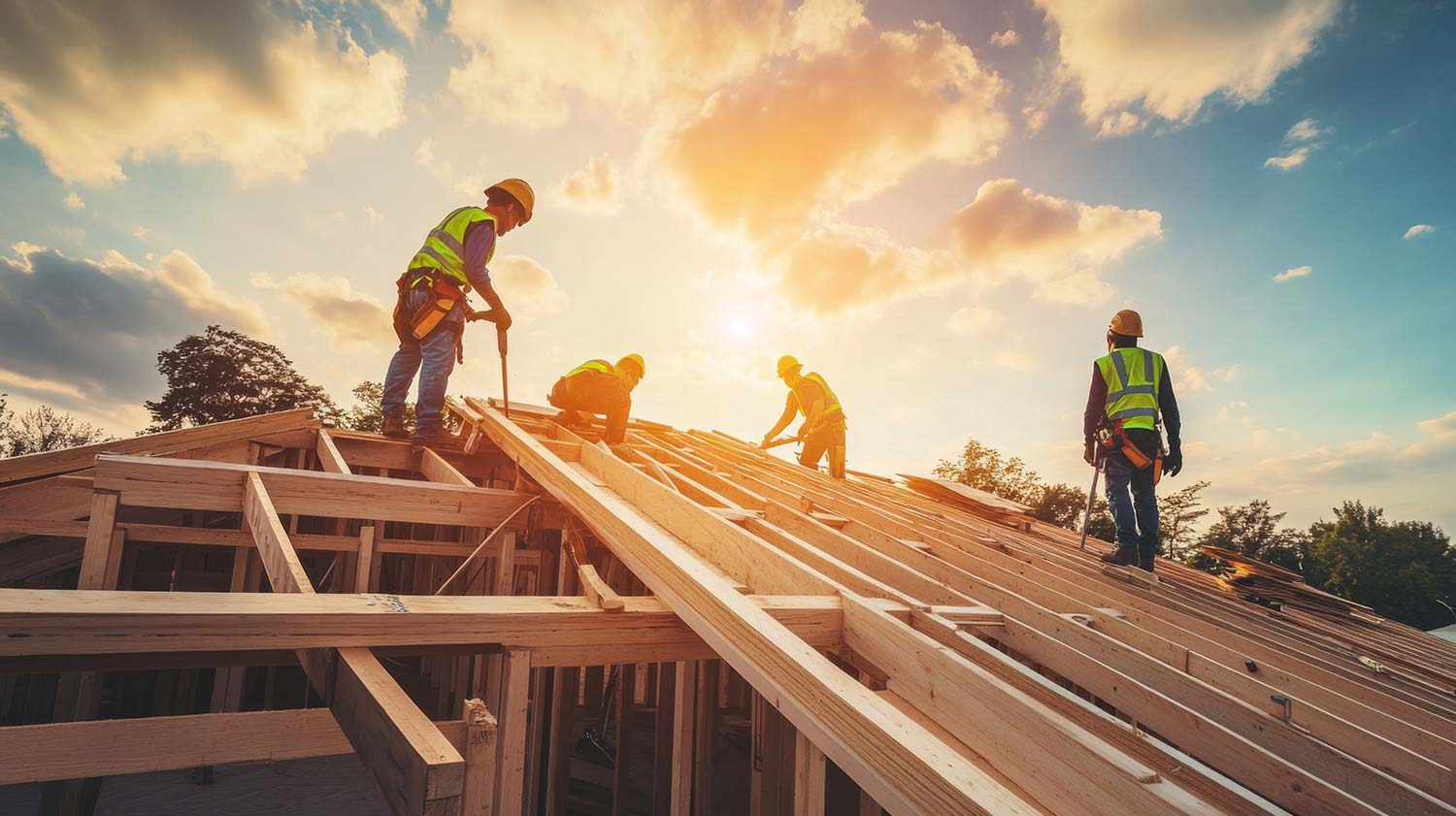Melbourne House Building Trends & Cost Analysis with 5J Building – 2025 Update
The latest figures from the Australian Bureau of Statistics (ABS) highlight ongoing shifts in the nation’s residential construction pipeline, with approvals continuing to fluctuate across different housing types. For families considering Melbourne house building, these changes provide important context when planning a new home.
Overall Decline in Dwelling Approvals
In July 2025, the total number of dwellings approved across Australia fell by approximately 8.2% compared with the previous month. This decline signals continuing challenges in the housing construction sector, including higher borrowing costs, labour shortages, and persistent material price pressures that are affecting new project starts.
Detached Houses Show Modest Growth
Despite the overall fall, private sector houses (detached homes) recorded a modest 1.1% increase in approvals. This suggests that while apartment and multi-unit development approvals remain subdued, individual homeowners and builders are still pressing ahead with new standalone housing projects. Detached housing continues to dominate the Australian residential landscape, particularly in outer suburban and regional areas where land supply is more accessible.
For those planning Melbourne house building, this trend indicates that detached homes remain the preferred choice, reflecting the lifestyle and space many families seek.
Value of Residential Construction Falls
The total value of residential building approved in July declined by about 1.6%. This drop reflects not only fewer multi-unit approvals but also ongoing cost escalations that make new projects less financially attractive for developers. Renovation activity has remained relatively stable, but large-scale apartment and townhouse projects have been harder to push forward under current market conditions.
Context & Outlook
-
Interest Rates & Affordability: Elevated interest rates continue to dampen demand, especially for larger multi-unit developments that rely heavily on investor and developer finance.
-
Supply Constraints: Shortages in skilled labour and imported materials still weigh on the speed and cost of project delivery.
-
Government Targets: These trends raise concerns about whether Australia can meet the federal government’s ambitious goal of building 1.2 million new homes over the next five years.
-
Short-Term Trends: Analysts expect detached housing to hold up better than apartments in the near term, as individual households continue to seek new builds in growth corridors despite rising costs.
For homeowners seeking guidance, 5J Building provides a clear pathway through these challenges, offering professional support from approvals to completion.
Cost Estimates for Detached Melbourne House Building
Based on multiple recent sources, here are approximate ranges for building detached houses (excluding land) in Melbourne in 2025. Actual costs depend heavily on location (inner vs outer suburbs), lot characteristics, finish/fixtures quality, design complexity, and energy/regulatory requirements.
| Number of Bedrooms | Approx Floor Area | Estimated Building Cost Range* |
|---|---|---|
| 2-bedroom (≈ 120 sqm) | ~120 m² | ≈ AUD $264,000 – $660,000 |
| 3-bedroom (≈ 175 sqm) | ~175 m² | ≈ AUD $385,000 – $962,500 |
| 4-bedroom (≈ 260 sqm) | ~260 m² | ≈ AUD $572,000 – $1,430,000 |
*Ranges reflect “standard / mid-range finishes” up to “premium” or luxury custom homes.
Additional per-square-metre benchmarks for Melbourne house building:
-
Entry / budget builds: ≈ AUD $1,900 – $2,500 / m²
-
Mid-range custom builds: ≈ AUD $2,500 – $3,200 / m²
-
High-end / architectural homes: ≈ AUD $3,200 – $4,000+ / m²
Cost Drivers & Current Trends
- Materials & Labour Costs: Timber, steel, and fixtures remain elevated, while skilled labour is scarce—pushing costs upward.
- Regulation & Standards: Stricter energy efficiency and safety rules in Victoria are adding to costs.
- Economies of Scale: Volume builders deliver lower per-m² costs, while custom homes come at a premium.
- Site Conditions: Sloping or inner-city blocks are more expensive to prepare.
- Inflation & Supply Chains: Inflation and global shipping costs still influence materials pricing.
Will Costs Increase or Decrease in 2025?
Looking ahead, building costs in Melbourne are expected to increase moderately through the rest of 2025. The key drivers are rising labour and material costs, new compliance requirements, and inflationary pressures.
Some cost relief may come from easing supply chains or competitive pricing among builders, but overall the upward trend remains stronger. For anyone considering Melbourne house building, the best approach is to plan early and lock in pricing where possible.
How 5J Building Can Help You Save & Spend Wisely
Melbourne House Building
Amid these challenges, 5J Building positions itself as a trusted partner for families and individuals planning their new homes in Melbourne. By offering one-on-one, one-stop service, 5J helps clients make smarter choices and avoid costly mistakes.
-
Tailored Design & Budgeting: 5J Building works with you to balance functionality and cost.
-
Transparent Costing: Full breakdowns reduce the risk of hidden expenses.
-
Smart Finish Choices: Save thousands by selecting practical mid-range finishes instead of luxury add-ons.
-
Supplier & Trade Networks: Established industry relationships help secure better pricing on key materials.
-
Regulation Readiness: Early planning for compliance saves money and delays later.
-
Fixed-Price Contracts: Minimise risk of cost blowouts, giving peace of mind in a volatile market.
For anyone planning Melbourne house building in 2025, partnering with 5J Building means building your dream home at the best possible price while navigating Australia’s shifting construction market with confidence.
For personalised consultations or to discuss your next Melbourne home renovation, contact us today at (03) 9886 3731. Let’s bring your vision to life! or request an Instant Quote Online.







